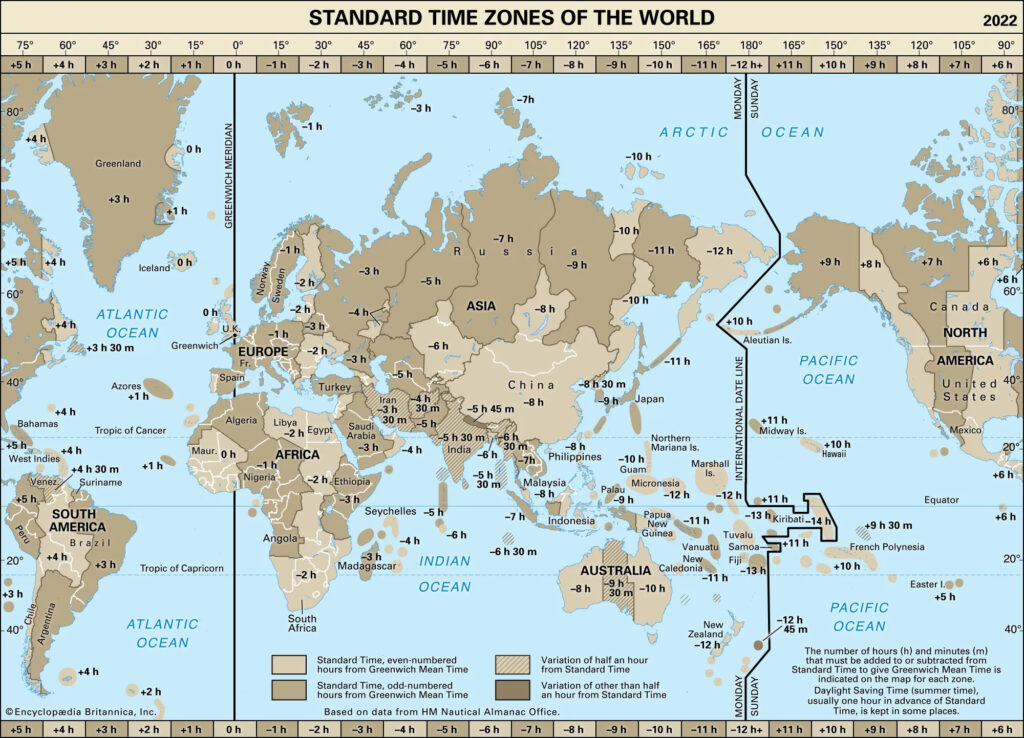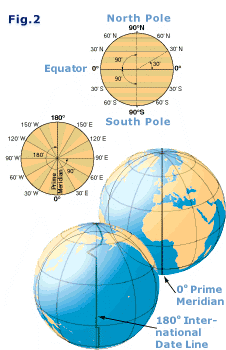It’s About Time
by Donna Curry
Does anybody really know what time it is?
That’s a question posed by the band Chicago in 1969, and I have been pondering that question ever since.
Why am I bringing this up now? Two reasons. First, all of us have recently gone through one more choreographing of all our clocks, moving out of daylight savings time. If you’re like me, it feels artificial for the sun to set at 5:30 one evening and 4:30 the next. Because this change impacts all of us, it could serve as an interesting discussion about the relativity of time.
The second reason I’m thinking about time is that I recently took a flight where I landed several hours before I had left. That makes no sense! I was in the air for over ten hours. I left at 10:15 pm on a Thursday night and arrived at 1:45 Thursday afternoon.

I know that time progressed, but the time on my watch, on my phone, and on the flight timetables showed a different story.

Obviously, I passed through the international date line, an imaginary line that runs from the North to South Poles. Did you know that that line is located about 180° from the prime meridian (0° longitude)?What is the significance of 180°? Do your students know? (For support teaching about this concept, see the Curriculum for Adults Learning Math (CALM)’s Unit 11, Lesson 3 entitled, Exploring Relationships between Angles.)
You might not ever have the chance to arrive at your destination earlier than you left, but it’s quite possible that some of your ESOL students have done so. And, even if they haven’t, they probably have had to deal with time changes, especially if they have families in other parts of the world. I recently learned that in some places the time changes are half-hour increments, not just hour increments as they are here in the United States. Why is that??
Not only is a discussion about time an interesting topic for many of our students, but it is also an opportunity to toss in some informal geometry about circles. No, there is no need to have students break down 360 degrees into tiny increments, but you can start with the earth as a three-dimensional object and move to a two-dimensional investigation with paper and angles. Have them explore the relationship between 360° and 180° and then 90° (these relationships are explored in CALM’s Unit 11 Lessons 1–3). The idea of angles and circles is not just a topic to explore for math class, it is a topic that surrounds us daily . . . literally.

Donna Curry is a happily retired educator, curriculum developer, and professional development specialist with nearly 40 years of experience in adult education and a great love of cats. Her work has focused on math standards development at the national level (Equipped for the Future National Standards and Standards-in-Action projects) and at the state level. She has also worked on the National Science Foundation’s EMPower project and served as co-director for the NSF Teachers Investigating Adult Numeracy (TIAN) project. She co-developed and implemented the Adult Numeracy Initiative (ANI) project and Adults Reaching Algebra Readiness (AR)2. Donna is the former director of the Adult Numeracy Center at TERC and the SABES Mathematics and Adult Numeracy Curriculum & Instruction PD Center for Massachusetts.
